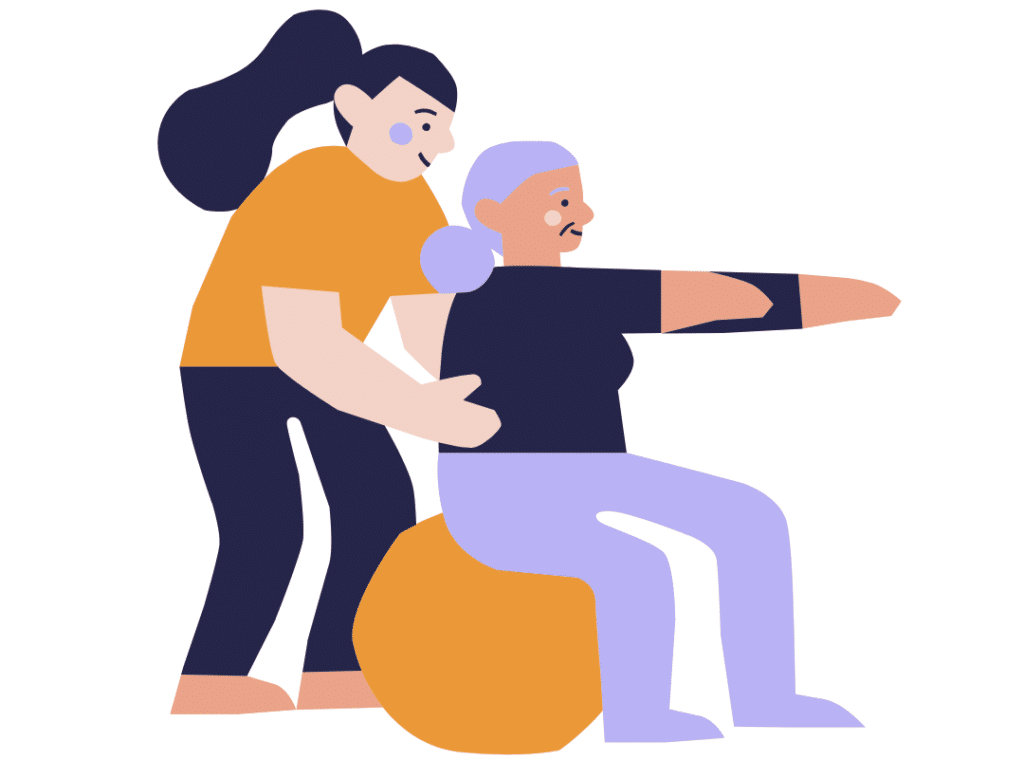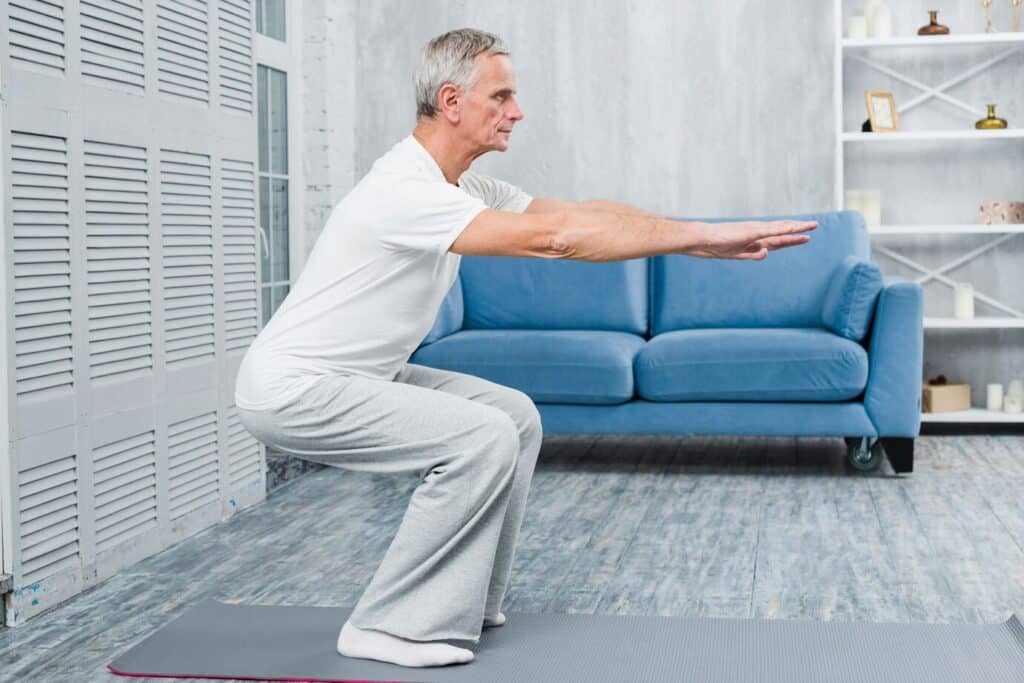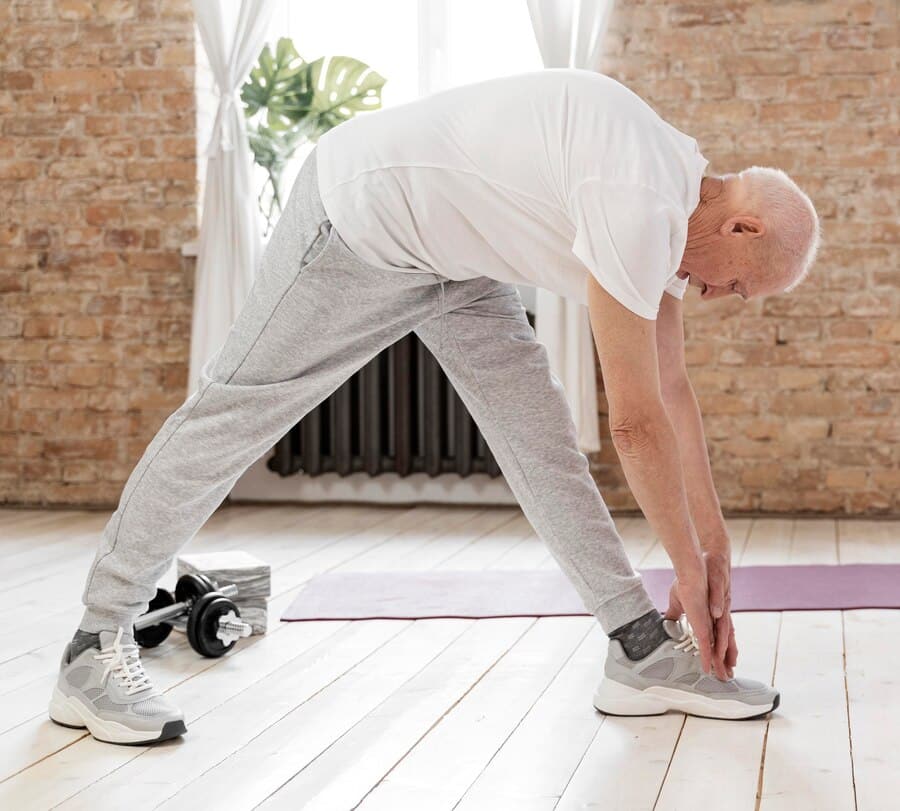Why People 65 and Up Need Physical Therapy for Healthy Aging
Imagine your neighbor, Mrs. Thompson, who struggled to climb stairs after her knee surgery. Working with a physical therapist at Westmont of Chico improved her mobility and confidence. For those aged 65 and up, physical therapy isn’t just about recovery; it’s essential for maintaining independence and enhancing quality of life. As we explore the critical role of tailored exercise programs, you might wonder how these interventions can specifically address seniors’ unique challenges.

Understanding Geriatric Physical Therapy
Understanding geriatric physical therapy can be an essential step in enhancing one’s quality of life as one ages. This specialized therapy focuses on the unique challenges older adults face, such as decreased muscle strength, coordination, and mobility.
Engaging in geriatric physical therapy can improve your endurance for daily activities and reduce the risk of falls, allowing you to maintain your independence. Additionally, proper posture and spinal alignment can be emphasized during therapy sessions to effectively manage lower back pain, which is common among seniors.
Physical therapy’s benefits for seniors extend beyond physical improvements. It also fosters emotional well-being and encourages social interaction, which is critical for mental health.
Physical therapy for elderly people is designed to address specific limitations and create customized exercise programs that suit individual needs and goals.
Whether recovering from surgery or managing chronic conditions, starting geriatric physical therapy can greatly enhance your overall quality of life.
Working with a physical therapist can help you regain strength and mobility and empower you to take control of your health journey.
Key Conditions Addressed
Addressing key conditions can greatly enhance one’s quality of life as one ages. For people 65 and up, physical therapy offers tailored rehabilitation services that target common conditions treated among seniors. These therapies restore function, reduce pain, and improve overall mobility.
Here are some key conditions often addressed through physical therapy:
- Osteoarthritis: Alleviating discomfort and enhancing joint function.
- Post-surgical recovery: Assisting in regaining strength and mobility after procedures.
- Stroke rehabilitation: Aiding in the recovery of motor skills and coordination.
Physical therapy can remarkably help you regain independence and maintain a healthy lifestyle. Additionally, personalized healthcare plans that cater to each individual’s specific needs are crucial for optimal recovery.
It’s not just about addressing existing conditions; it’s also about preventing further complications and enhancing your physical capability. The support you receive from skilled therapists guarantees that you’re not alone in your journey.
They’ll work closely with you to create a personalized plan that aligns with your goals and needs. Embracing these rehabilitation services for seniors can improve well-being and a more fulfilling life as you age.

Recommended Exercise Types
Engaging in physical therapy not only helps manage existing conditions but also incorporates specific exercise types that can greatly enhance your overall well-being as you age.
A well-rounded routine for seniors should include strength training, flexibility exercises, aerobic activities, balance training, and functional exercises. These activities help build muscle, improve range of motion, and enhance cardiovascular health, ultimately promoting independence in daily tasks.
You might consider physical therapy for the elderly at home, where you can comfortably perform these exercises with guidance. Additionally, incorporating chair yoga into your routine can provide a gentle way to improve strength and flexibility.
Even better, there are options for free physical therapy for seniors that can provide access to these essential services. Always remember that safety is paramount—start slowly and gradually increase intensity.
Engaging in these recommended exercises combats the physical challenges of aging and supports mental well-being.
By committing to a tailored exercise routine, you can greatly improve your quality of life and maintain your independence.
Plus, knowing that geriatric physical therapy salary reflects the dedication of professionals who support you can provide peace of mind.
Embrace this opportunity for healthy aging!
Importance of Personalized Programs
Personalized exercise plans are essential for staying active as you age. They guarantee that your unique needs and goals are met, helping you progress comfortably. Additionally, health and wellness programs can be tailored to support your physical therapy journey and overall well-being.
Tailored Exercise Plans
A personalized exercise plan can be a game-changer for older adults looking to maintain their independence and improve their quality of life. By tailoring workouts to fit your specific needs and abilities, you can work towards achievable goals while building strength, flexibility, and balance.
This approach boosts physical health and fosters mental well-being and social connections.
Consider the benefits of a tailored exercise plan:
- Customized workouts: Focus on your unique goals, whether it’s increasing mobility, building strength, or enhancing balance.
- Safe progress: Gradual adjustments help you avoid injuries while encouraging consistent improvement in your fitness journey.
- Enhanced motivation: With achievable milestones, you’re more likely to stay committed and celebrate your progress.
Creating a personalized exercise program involves working with a knowledgeable physical therapist who understands your health history and can design a plan that’s right for you.
Remember, it’s never too late to start! Embracing a tailored exercise routine can lead to a more active and fulfilling life, allowing you to engage fully and confidently in your daily activities.
Your journey towards healthy aging starts with taking that first step!
Individualized Progress Monitoring
Monitoring your progress is essential in ensuring that a personalized exercise program truly meets your needs and helps you achieve your goals. Regularly evaluating your progress allows your physical therapist to adjust your plan, aligning it with your evolving capabilities. This individualized attention enhances your physical strength and boosts your confidence as you notice your improvements.
With each milestone you reach, no matter how small, you’re encouraged to celebrate your achievements. Your therapist will help you set realistic goals and track your advancements, ensuring that you’re continuously challenged without feeling overwhelmed. This process fosters a sense of accomplishment and motivation, encouraging you to stay committed to your exercise routine.
Additionally, progress monitoring can identify any areas where you might need extra support or modification in your exercises. This proactive approach prevents potential setbacks and reinforces the importance of safety in your journey toward healthier aging.
You deserve a program that grows with you, adapts to your unique situation and helps you maintain your independence. Embrace this journey, knowing that personalized care is key to your success!

Safety Measures in Therapy
When you start physical therapy, an initial assessment is essential to understand your unique fitness level and needs.
During your sessions, it’s important to communicate openly about any discomfort or pain you feel, so adjustments can be made for your safety.
Initial Assessments Importance
Initial assessments play a significant role in ensuring your safety and success before diving into a physical therapy program. These evaluations help identify your unique needs, current fitness levels, and any potential risks. By understanding where you stand, your therapist can tailor a program that enhances your strength and mobility and prioritizes your safety.
Initial assessments are essential for several reasons:
- Identifying Health Risks: They help pinpoint any underlying conditions that could affect your therapy.
- Setting Realistic Goals: Your therapist can establish achievable milestones based on your abilities.
- Monitoring Progress: Regular assessments allow for adjustments to your program, ensuring it remains effective and safe.
By prioritizing these assessments, you’re taking an important step towards healthy aging. They empower you to confidently engage in physical therapy, knowing that your safety comes first.
Communication During Exercises
Effective exercise communication is essential to guarantee a safe and productive physical therapy experience. When you engage with your therapist, sharing your feelings during each exercise helps them tailor your session to your needs.
If something doesn’t feel right, don’t hesitate to speak up. Your comfort and safety come first, and your therapist can modify activities accordingly.
Ask questions if you’re unsure about the purpose of an exercise or how to perform it correctly. Understanding the “why” behind each movement boosts your confidence and enhances your motivation.
Your therapist supports you, so keep the lines of communication open.
Remember, every small progress matters. Celebrate those achievements, and let your therapist know when you notice improvements or face challenges.
This feedback guarantees your program remains aligned with your goals and abilities.
Finding the Right Provider
Finding the right physical therapy provider is essential for your recovery and overall well-being. The right therapist can tailor a program to fit your unique needs, ensuring you regain strength and mobility effectively.
As you begin your search, consider these important factors:
- Credentials and Experience: Look for therapists who specialize in geriatric care and have experience with conditions like arthritis or post-surgical recovery.
- Approachability: Choose someone who communicates clearly and encourages your involvement in the treatment process. You should feel comfortable sharing your concerns and progress.
- Location and Accessibility: Consider where the therapy sessions will take place. Having a provider close to home makes it easier to attend appointments regularly.
Incorporating physical therapy into your routine can be life-changing. Did you know that nearly one in four older adults falls each year? By addressing strength, mobility, and balance through personalized exercise programs at Westmont of Chico, you can greatly reduce your fall risk and enhance your quality of life. Embracing these tailored therapies helps you stay active and fosters emotional well-being and social connections. So, take that step—your journey toward healthier aging starts now! For more information, call us at 530-767-3886.
How Do The Costs Of Moving Into A Quality Senior Care Community Compare With The Costs Of Staying At Home?Compare The Costs of Senior Living vs Staying at Home
FAQs about Physical Therapy
- What age group uses physical therapy the most?
Physical therapy is commonly used by adults aged 45 and older, as this group experiences more age-related conditions such as arthritis, joint pain, or injuries from overuse. However, physical therapy is beneficial for all age groups, including children, young adults, and seniors, depending on their specific needs. - How many times will Medicare pay for physical therapy?
Medicare Part B generally covers physical therapy services deemed medically necessary, with no specific session limit. However, after reaching a set annual spending threshold, Medicare may require your provider to confirm the necessity of continued treatment. - Is physical therapy good for old people?
Yes, physical therapy is excellent for older adults as it helps improve mobility, balance, and strength, reducing the risk of falls and enhancing overall quality of life. It can also alleviate chronic pain and aid recovery from surgeries or medical conditions like stroke. - What is the average age of a physical therapy patient?
The average age of a physical therapy patient is around 50 years old, reflecting a mix of middle-aged and older adults seeking treatment for injuries, surgeries, or chronic conditions. However, patients of all ages receive therapy, from pediatric care to elder rehabilitation.









